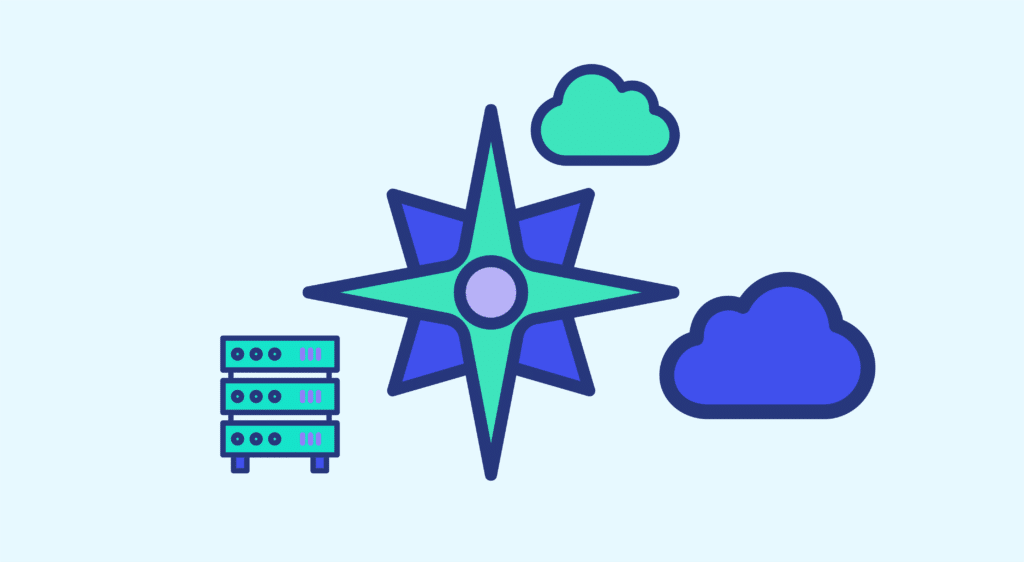Data exploration is the first step in data analysis. Find out everything you need to know about it, and how to acquire the necessary skills, thanks to DataScientest training courses.
Data analysis is a process that can be broken down into several stages. Data Exploration is the first of these steps.
It consists of exploring a large dataset to discover trends, characteristics and correlations, which are then examined in greater depth.
Various statistical techniques are used to define the characteristics of the data set: size, quantity, quality, nature…
The aim of this initial exploration is to provide an initial overview of a dataset’s points of interest. Data mining and data analysis can then be simplified.
Searches can be directed towards the highlighted leads, while less relevant data can be excluded from the outset. What’s more, analysts can begin to familiarize themselves with the information they will be processing during the rest of the analytical process.
Data Exploration relies on both manual methods and automated tools. Manual methods enable the analyst to take an initial, unbiased look at the dataset, while automated tools help to reorganize the data and remove any that are unusable.
In addition, data visualization techniques (dataviz) such as graphs, charts and dashboards are often used to take advantage of a clearer, more comprehensible view of the data. Most analytical software packages offer visualization functions for this purpose.
Data mining is relevant to all massive datasets, to reduce their size and enable proper analysis. It not only saves valuable time, but also sets the scene for the rest of the analytical process.
The most widely used programming languages for data mining are Python and R. These two analytical languages have the advantage of being open source and highly flexible.
There are several variants of data mining. Another statistical technique is called Exploratory Data Analysis. Here, data are analyzed to identify their main characteristics.
Interactive data mining, on the other hand, involves using interactive data visualizations to better understand the data and facilitate collaboration around this information.
How to master Data Exploration?
Data mining is one of the processes at the heart of Data Science and Data Management. Data Exploration techniques and tools such as the Python language are among the skills you can acquire through our Data Science or Data Management training courses.
If you want to become a Data Manager or Data Scientist, DataScientest’s training courses will help you acquire the necessary Data Exploration skills. Similarly, if you’re a business owner, you can offer these courses to your teams to teach them how to explore data.










